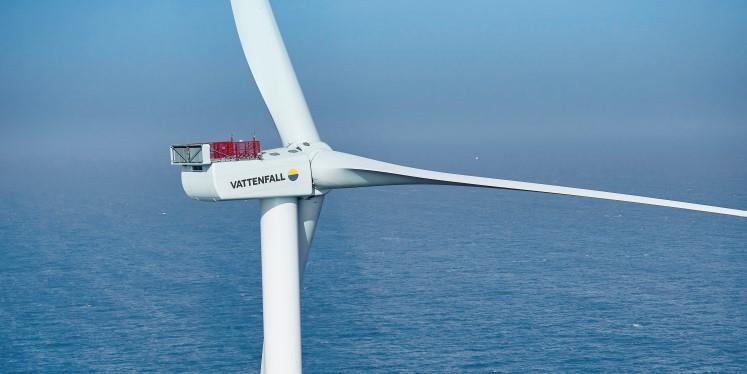
To most of the population, AR5 of CFD may sound like a mysterious code but in some Whitehall offices, the messages it reveals will be awaited with great interest and some nervousness.
Allocation Round 5 of the Contract for Difference scheme will give a fair idea of developers’ current appetite for the major offshore and floating wind projects around the UK coast on which our energy transition largely depends.
It is by no means certain that the code will translate into a joyous success story. In anticipation of that possibility, the UK Government has increased the budget available to subsidise wind projects by £20 million to £190 million, which is still £40 million less than last time.
The industry’s public reaction has been “welcome, but not enough”. Exactly how that translates into bids under the Dutch auction of CfD remains to be seen though even that degree of doubt has sent warning signals to Ministers.
There was maybe an over-euphoric response to the wholesale licensing of offshore and floating windfarm developments around the UK a couple of years ago, and the vast sums they attracted, without sufficient regard for significant factors which might yet get in the way of delivery.
The most obvious of these is cost and therefore the certainty of return for investors. However, it is not the only one. Uncertainty about grid connections and the delivery pace of the planning system are also regularly cited as barriers to progress in meeting net-zero targets.
However, the immediate test of whether there is still the anticipated demand for projects to go ahead in the short term and with as little delay as possible will be reflected in this week’s expected CfD announcements.
Since before recent doubts arose, I has been dubious about CfD as a sustainable means of incentivising renewables. There were too many boasts from government about how it was driving costs down, as if that was a direction of travel that could be maintained indefinitely.
As the old adage has it, if something sounds too good to be true, then it probably is. So the assumption of generating more offshore wind for ever declining amounts of money seemed a little optimistic. And so it may already be coming to pass.
The industry says that supply chain costs have increased by between 20 and 40 per cent in the past year alone. Among the reasons for this is that, while we were once leaders, half the world is now trying to build offshore wind farms so the competition for equipment has become intense.
Ditto for investment. There are now far more options in both the US and Europe and the attractiveness of investment incentives offered by governments plays a big part. So the UK must soon consider whether the current Contracts for Difference model is good enough to deliver its desired outcomes.
Earlier this year, the Energy department in Whitehall said they were considering reforms to CfD that could result in “non-price factors” including “supply chain sustainability, addressing skills gaps, innovation and enabling system and grid flexibility” being included in the bidding process.
All of that is welcome since another of the problems with CfD is that over-valuing cheapness in the bidding process increased the likelihood of importing the kit rather than developing a domestic supply chain. But the question of “costs versus incentives” has become even sharper in the meantime, suggesting that the whole CfD principle needs scrutiny.
The big warning sign came in July when Vattenfall stopped work on developing the Norfolk Boreas windfarm in the light of increased costs, not only of construction but also of capital which, they suggested, “ puts significant pressure on all new offshore wind projects.”
Given its source, that was a pretty serious message with massive potential implications for a programme on which the UK’s and Scotland’s net zero strategy depends. Licences alone do not generate electricity and there now has to be far greater certainty about how the gap between policy objectives and delivery will be bridged.
When the additional £20 million was announced, the renewables lobby spoke with one voice. Ana Musat, executive director of Renewable UK, said: “An increased CfD budget can help, but the most important step government could take would be to ensure that we have sustainable pricing in future auctions, which take into account the difficult economic circumstances faced by the sector.
“Setting artificially low prices will deter investment, reduce our pipeline and limit the UK’s ability to stay ahead in the global race for renewable energy capital, skills and supply chain investment.”
Andrew MacNish Porter, policy manager at Scottish Renewables, chipped in: “While the sums mentioned may seem large, they are simply not enough to unlock the £50-60 billion capital investment which will be required each year to deliver on the UK’s net zero ambitions”.
Lobbyists are paid to lobby and the possibility cannot be ruled out that, having rattled their sabres, the energy companies and investors will in practice have suspended their doubts to make AR5 of CFD a resounding success. This week we’re expected to know that result and also have a more informed view of whether green energy aspirations and outcomes are on the same trajectory.
Recommended for you
